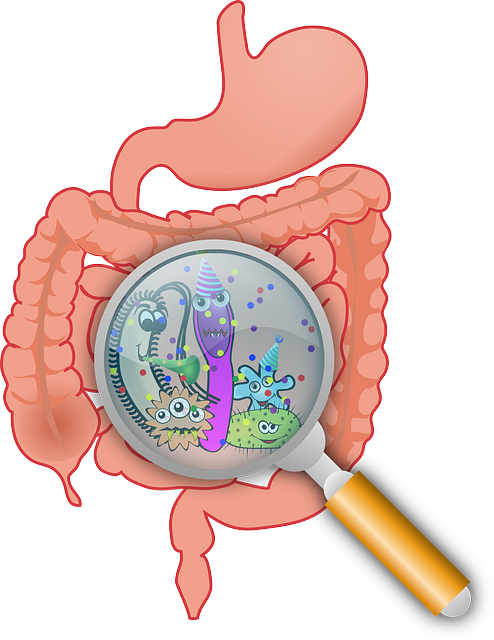The Gut-____ (Blank)-axis is all the rage. The word “blank” can mean many different things, such as the brain, joints, skin, immune system, etc. While most focus on the impact of probiotics on this connection, pre-biotics are one of the hottest areas of growth. Granted, post- and synbiotics are a growing area of interest, but the science is still weak compared to pro- and pre-biotics. This blog will point out an area often overlooked for prebiotics and yet should hold a missing key to advancing the gut-____-axis connection: Polyphenols. Why? Polyphenols are great prebiotics. (12) An example is the polyphenols from grapes. Here are powerful statements to encourage using polyphenols in a microbiome-supporting product. (13,14,15)
- Polyphenols from grapes are NOT well absorbed and, therefore, reach the colon in an unaltered form (prebiotic effect)
- Polyphenols affect the intestinal microbiota by influencing the growth and metabolism of bacteria (prebiotic activity).
- Recent studies demonstrated the beneficial effect of grape polyphenols by stimulating bacteria such as Akkermansia muciniphila (AM). AM has positive influences in several areas, such as weight management (for example, insulin resistance).
- Red grape extract or grape seeds were observed to have many benefits by increasing important probiotics such as Lactobacillus reuteri, Lactobacillus acidophilus, Clostridiales, and Ruminococcus. (A positive impact on the microbiome)
While these are all related to grape polyphenols, research shows that polyphenols, in general, not just those from grapes, positively impact the gut. (16) Let’s look at some ingredients that fit the polyphenol model and have research in other areas related to gut health.
Gut-Brain-axis
A great example of a grape extract for our conversation is Cognigrape. Cognigrape is high in polyphenol anthocyanins and proanthocyanidins and can improve cognitive performance in elderly people by acting on attention and immediate and delayed memory. (17)
Gut-Joint-axis
Turmeric/Curcumin (HydroCurc®) is a perfect example for the joint health category; not only is HydroCurc® (turmeric/curcumin) high in polyphenols, but it has multiple clinical studies showing its benefits for joint health and discomfort. (18)
Gut-Immune-axis
For this ingredient, we will go to the Mediterranean and Olivactive. Olivactive is derived from olive leaves, which are also high in polyphenols. (19) Olivactive is high in oleuropein, a powerful polyphenol that research has shown is a powerful antioxidant and impacts the immune system in multiple pathways. (20)
Gut-Metabolic-axis
We will stay in the Mediterranean again with the ingredient Morosil (red moro orange). Red Moro oranges are high in anthocyanins (polyphenols), and research completed with Morosil shows it impacts body weight, waist circumference, and hip circumference. (21)
Gut-Skin-axis
We will see amla listed if we refer to the list of ingredients with specific effects on gut health. Amla is also high in polyphenols, and research shows it is an excellent skin health, primarily in control of collagen metabolism. (22)
Conclusion
The growing body of evidence shows that botanicals play an essential role in gut health, and the microbiome is promising. With new research stating the impact of botanicals high in polyphenols on gut health and the microbiome leads us to ask why not combine botanicals with probiotics to achieve a better outcome for the gut, and gut-blank-axis health concerns? Based on the growing body of evidence, botanicals should be considered a primary way to support both gut and gut-blank-axis health concerns.


